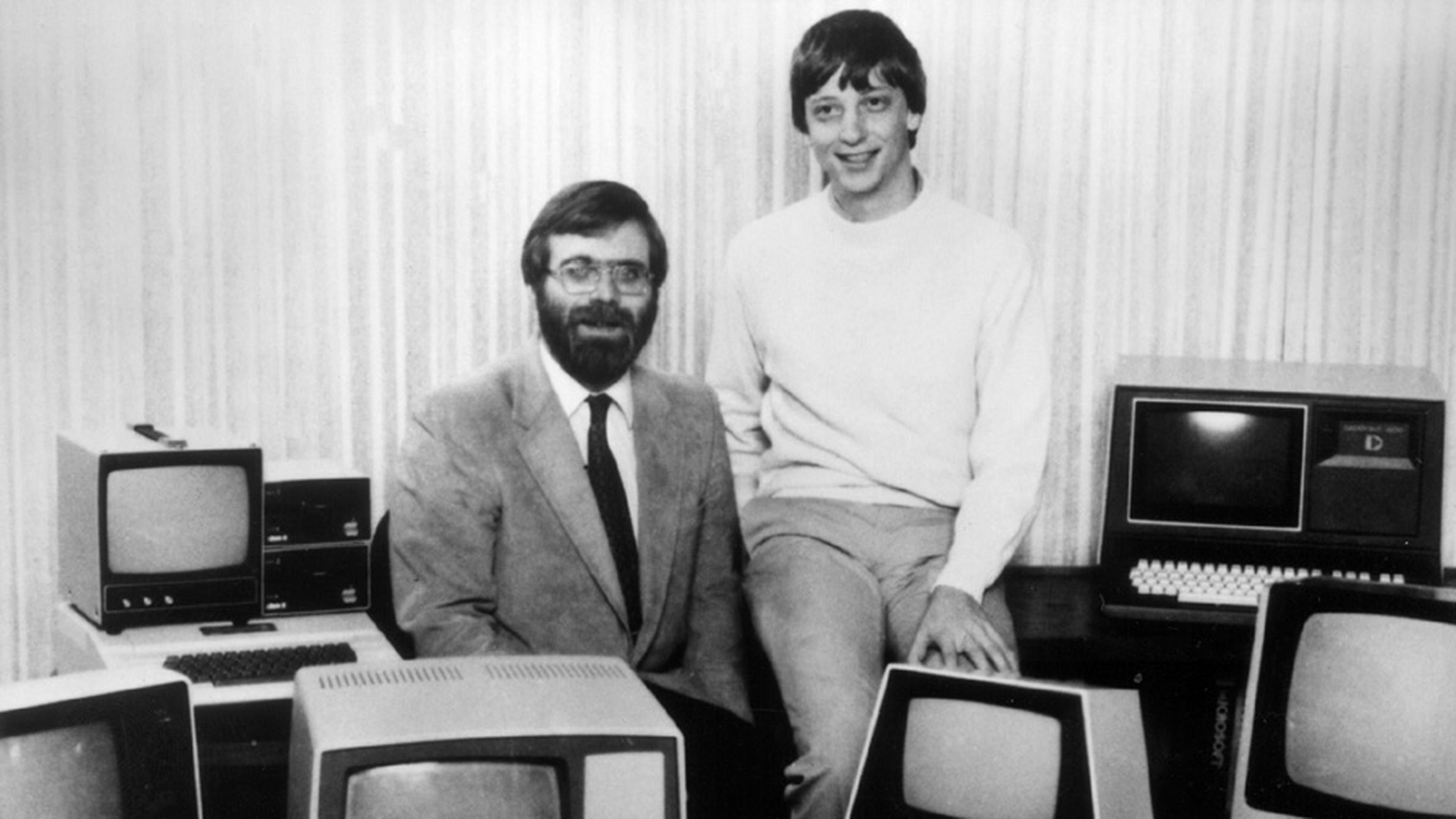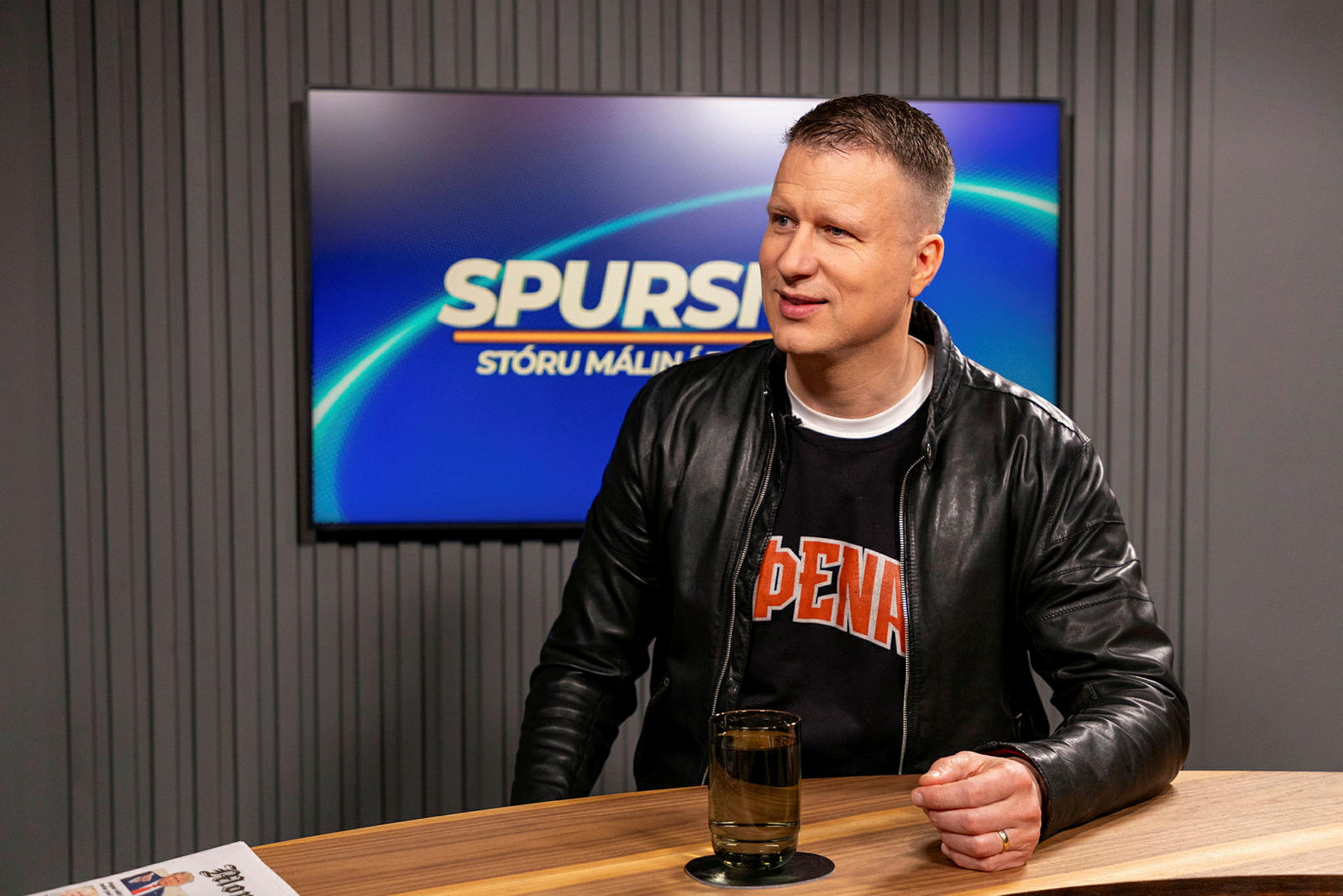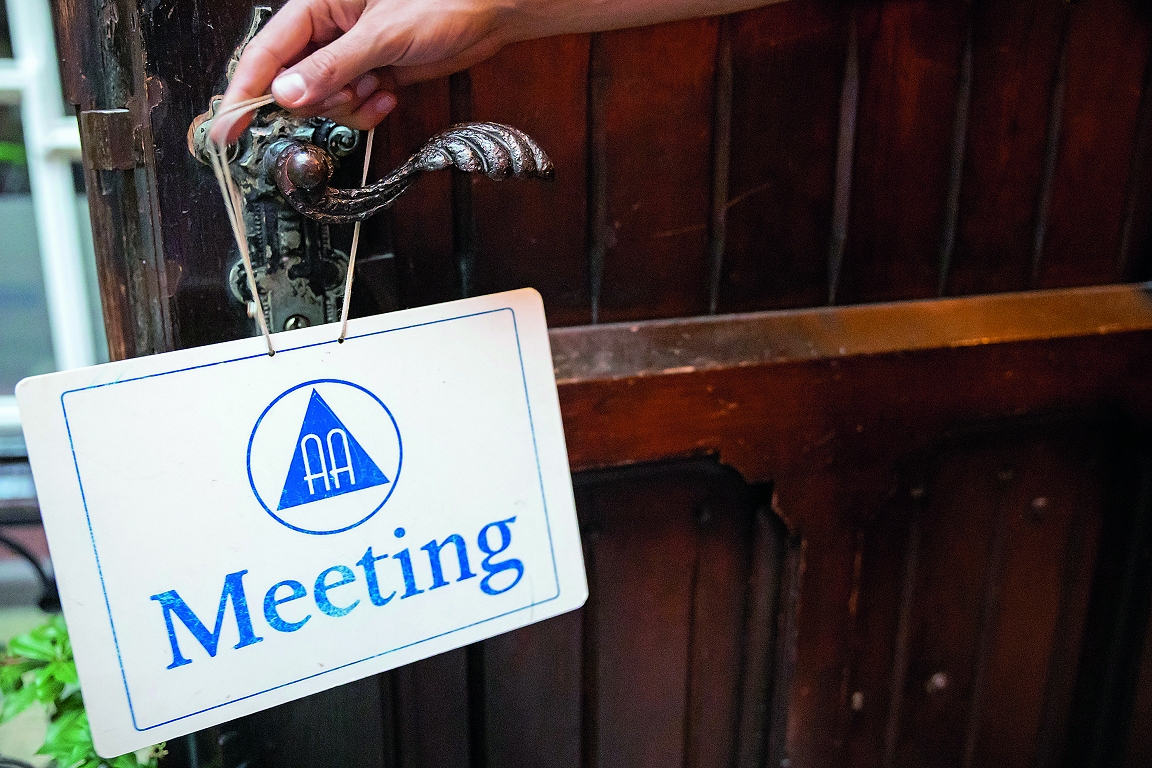50 years Microsoft: Successes and missteps by the tech giant

Nobody can get past Microsoft in the computer universe. At least 70 percent of all personal computers run under the Microsoft operating system Windows. The office software Office has over a billion users worldwide. Even in new software categories such as the programs for communication within working groups, the tech giant from the northwest of the USA has largely left challengers like Slack with Microsoft teams.
And thanks to a cooperation with Openaai, Microsoft also sits artificial intelligence in the front row with the trend topic. So there is a lot to celebrate on the 50th day of the company’s foundation. But the story of Microsoft is also shaped by some setbacks.
Poker
When climbing from a tiny garage company to the global tech giant, the Microsoft founders Bill Gates and Paul Allen a huge bluff. After the first years after the company was founded on April 4, 1975, little spectacular had been spectacular, the two friends offered a huge chance to break through in early summer 1980. At that time, the IBM computer giant pounded, which needed an operating system for its first PC.
At the time, IBM wanted to get into the PC market quickly, because smaller companies such as Apple or Commodore had suddenly become dangerous. At this point in time, Microsoft was ahead of the call of a small but talented software company that knew about programming languages. IBM was now looking for an operating system. Gates quickly agreed to the delivery.
There was only one problem: Microsoft had none yet. Instead of writing one himself, gates and all an existing system called QDOS (Quick and Dirty Operating System) bought for about $ 50,000-and licensed it as PC-DOS to IBM.
The ingenious highlight: Microsoft kept the rights and was also allowed to sell the system as MS-DOS to others. With this contract, Gates and everyone « perceived a historical opportunity, » says Michael Mikolajczak, curator at the largest computer museum in Germany in Paderborn. « This deal was not only to help the large IBM group when they started the PC market. »
At that time, Gates insisted that the rights remained at Microsoft and the software was constantly being developed and also used for other manufacturers. « Bill Gates already predicted that a PC will be on all desks and in every household. In retrospect, you can say that he is right. »
Microsoft’s workforce in 1978 with the two Microsoft founders Bill Gates (first row, left) and Paul Allen (first row, right). Photo: DB Microsoft Ho/dpa
Mass audience reached
In the mid -1980s, the graphic user interface then brought to the screens of the PCs after Apple had presented. The content concept for this – the operation with icons and a mouse – was developed elsewhere, especially in the Californian research laboratory Xerox Parc. « But no products were developed there that normal people could afford, » says HNF curator Mikolajczak. « This only achieved this in 1984 with the first Macintosh and Microsoft with Windows for a mass audience. »
Paul Allen left the company in 1983 after he was diagnosed with a malignant tumor of the lymphatic system. The beefy Steve Ballmer moved in his place. The visionary gates and the sales cannon Ballmer not only brought « a PC on every desk », but also ensured that the vision « Information at your finger tips » became a reality at the latest with Windows 95.
When I rise Microsoft to the largest software group in the world, however, the leadership duo also made serious mistakes. Until the summer of 1995, Gates did not recognize what role the open web will play and instead put on the completed service MSN. In this critical phase, Microsoft used the popularity of its products to take advantage of its market power, in particular to calm the competition among the web browsers.
Luxembourg brothers conquer the media world of the United States with their own app
Gnie contracts slow down competition
« The mere fact that contracts were made with PC manufacturers to completely populate the computers with Microsoft products then led to other software manufacturers such as Netscape could hardly stand against it, » says HNF curator Mikolajczak. Cartel guards also saw this behavior very critically. At that time Microsoft almost escaped a smear.
The antitrust policy quarrels also grumbled Bill Gates. On January 13, 2000, he handed over the executive chair to his friend Steve Ballmer. Technical development stagnated under Ballmer’s leadership, although the group’s sales and profit developed positively. Ballmer became famous for his energetic appearances. At a developer conference in 2000, he sweated and clapping onto the stage and roared « Developers! Developers! Developers! » – 14 times in a row.
The video became a viral hit-and shows in an oblique way how much Microsoft relied on developers in the Etere Ballmer era who offer their own solutions on the Microsoft foundation and thus anchor the software group in business, society and politics.
2001: A man tests the latest operating system of the US software giant Microsoft, Windows XP, during a demonstration in the main shopping center for computers in Seoul, South Korea. Photo: AFP
Fatal misjudgment
An internet meme to this day is a YouTube video from 2007, in which Ballmer makes fun of the iPhone, which was presented by Apple co-founder Steve Jobs in 2007. It was too expensive, have no keyboard and would have no chance in the business market.
The story was different: Apple became a smartphone superpower, Android from Google took over the mass market-and Microsoft missed the mobile revolution. Microsoft continues to suffer from this fatal mistake.
In 2014, Satya Nadella took over the management of the group as third CEO in the company’s history. He immediately initiated a strategic realignment under the motto « Cloud First, Mobile First » to correct the wrong decisions of his predecessor. Nadella realized that Microsoft was strong in traditional PC business, but had to open up new growth fields-especially cloud services and mobile applications.
2014: Microsoft CEO Satya Nadella (M) in the circle of his two predecessors Steve Ballmer (R) and Bill Gates (L). Nadella pushed the cloud business and opened the Microsoft products for platforms of competition such as iPhone and Android. Photo: -/Microsoft/dpa
Strategic realignment
Under the leadership of Satya Nadella, Microsoft opened in many ways: The company now offered its software, such as Office for the iPhone and Android devices, and increasingly switched to subscription and cloud models.
As a clever move, a profound cooperation with the world’s leading AI start-up Openai, the developer of Chatgpt, also proved to be a profound cooperation. Nadella realized early on that artificial intelligence would be the next great technological revolution. The future will show whether this is sufficient to present itself as a pioneer of AI future.







